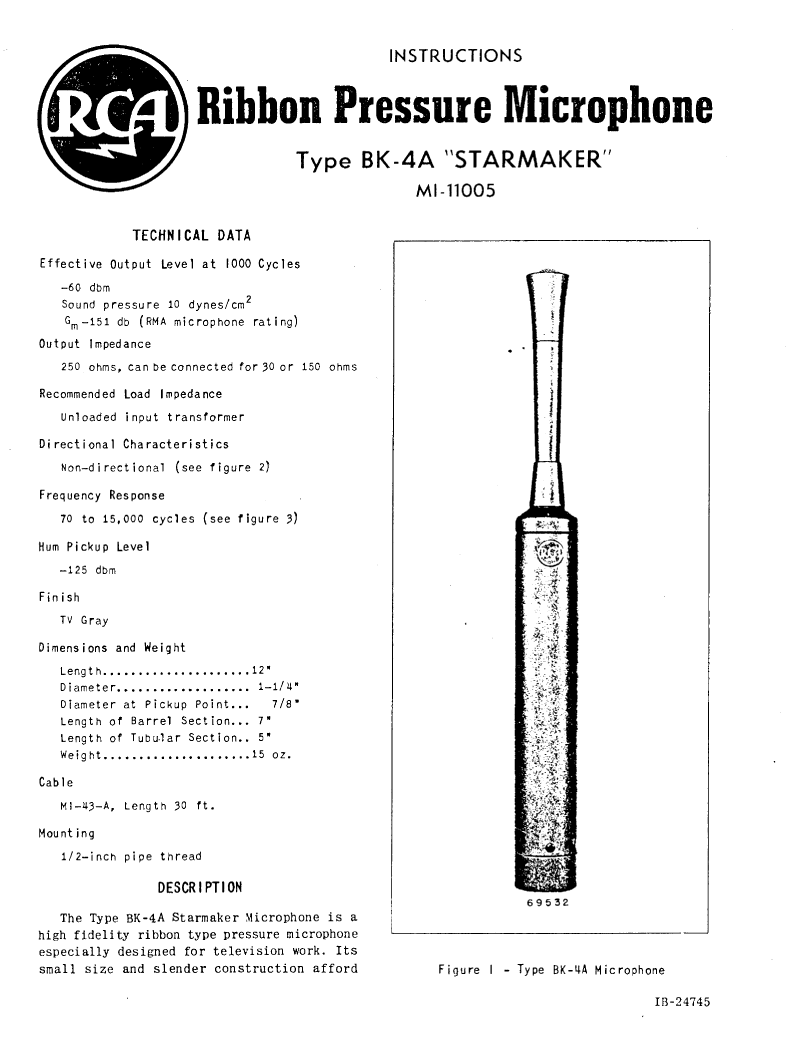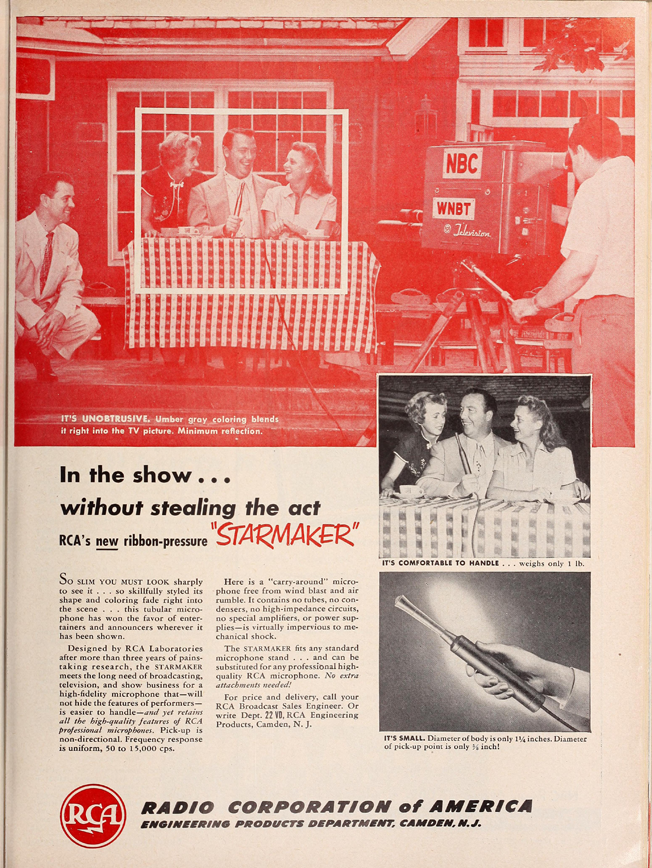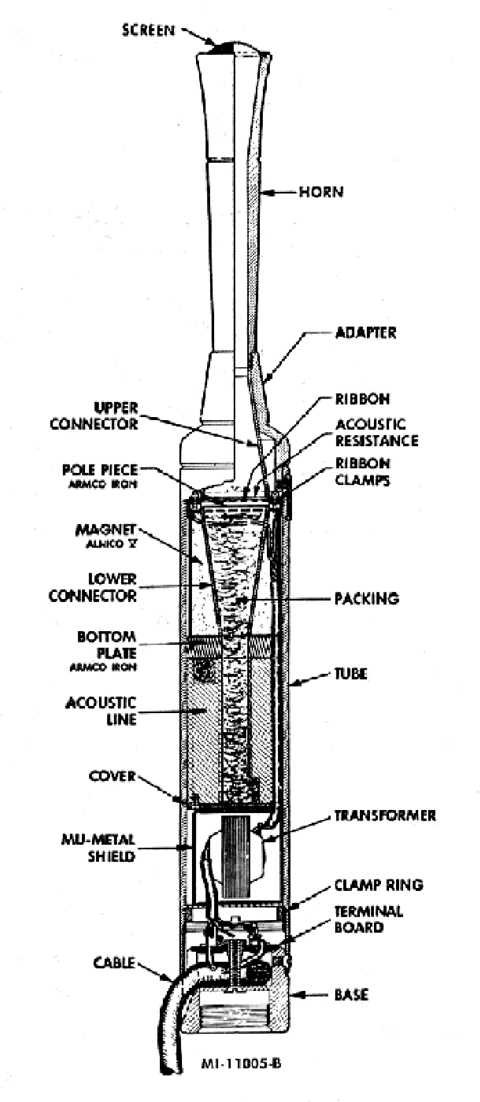|
It's Party Time: the microphone of the month is celebrating its 100th edition. Since September 2013, the start of this website, there have been ninety-nine 'Microphones of the Month'.
More than a hundred thousand unique visitors have found their way to the site since September 2013 and I regularly receive microphone questions from all over the world; it's always nice if I can answer them.
I have tried to highlight all the different types in the 'Microphones of the Month'.
I am primarily concerned with those models that are stepmotherly endowed in terms of attention; there is plenty to read about the best-known models elsewhere, so here we pay special attention to the outsiders, who are often at least as good.
Obviously, the hundredth edition had to be a little extra special, so I chose the RCA BK 4 A 'Starmaker': a very special microphone that gets too little attention.
RCA had become the leading maker of professional microphones in the US by the mid-1930s; their great ribbon mics could be found in every studio and in most radio, TV and movie studios. The 44 and 77 series were undoubtedly iconic.
For the 1950s, RCA wanted to keep the lead and developed a more modern microphone line, with new specialized models: the K2Ba 'Bantam', a miniature version of the 44 BX, with the well-known two-sided recording pattern, the BK 5 directional microphone and, especially for TV, the BK 4 A 'Starmaker', a slim omnidirectional model.
As the saying goes, "Great minds think alike", that certainly applies in this case, because the 'Starmaker' is based on the same idea that inspired Jorg Sennheiser when he developed his 'invisible microphone', the DM3 (mic vd month of May 2017).
Both mics had a slim tube that concentrated the sound and funneled it to the more distant pick up, minimizing the exposure of the mics and showing the stars behind them. Both types were omni-directional, the all-round pickup pattern meant that speakers didn't have to keep the same distance from the microphone to be heard clearly, which was ideal for presenters and their guests.
The 'Starmaker' could be held in the hand, placed in a holder, worn around the neck, or mounted on a stand. It was rugged, insensitive to shock and temperature changes, and could even be used outdoors; it was wind proof. The colour was unobtrusive 'TV gray'.
The sound was of the well-known RCA quality and was equal to the other ribbon microphones of the brand, so these types could be used together for broadcasts.
Although the Starmaker had many good qualities, it ultimately turned out not to be a great success and after a few years it disappeared from the RCA program. RCA's lavalier microphones, more than four times smaller in size, took the place of the BK-4A, until they were replaced by wireless microphones in the late 1980s.
It is not known how many Starmakers were ever made, nowadays they are not often used anymore, although they are excellent as a mono microphone for drums, or for recording vocals; all in all, a one-way ticket to oblivion for this idiosyncratic model.
Many more types feature in my book Witnesses of Words. More information about that can be found at www.witnessesofwords.com

|
|
|
|
|

|
Top: the sleek RCA BK-4A 'Starmaker'
Middle: two ads from 1951
Below: sound, manual & sectional view |
|
 |
|
|


 Video's
Video's Contact
Contact






